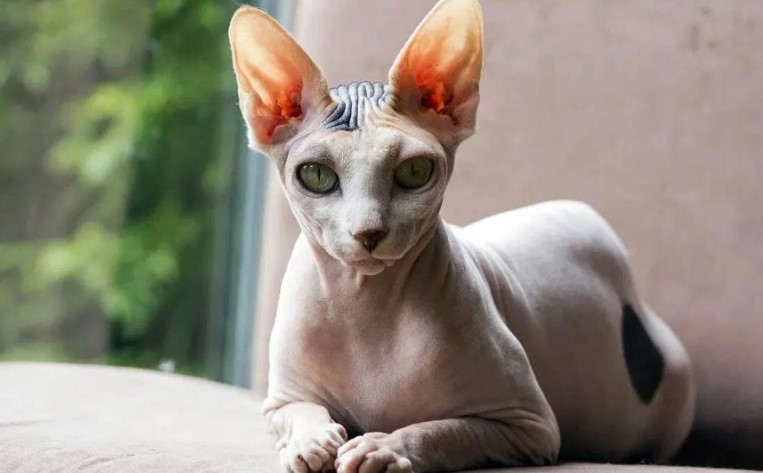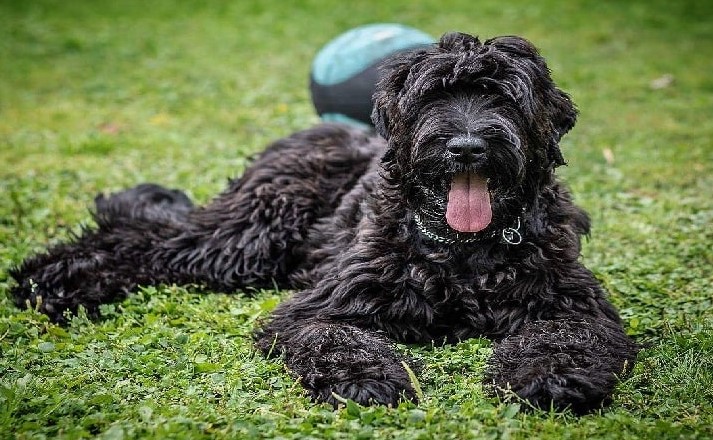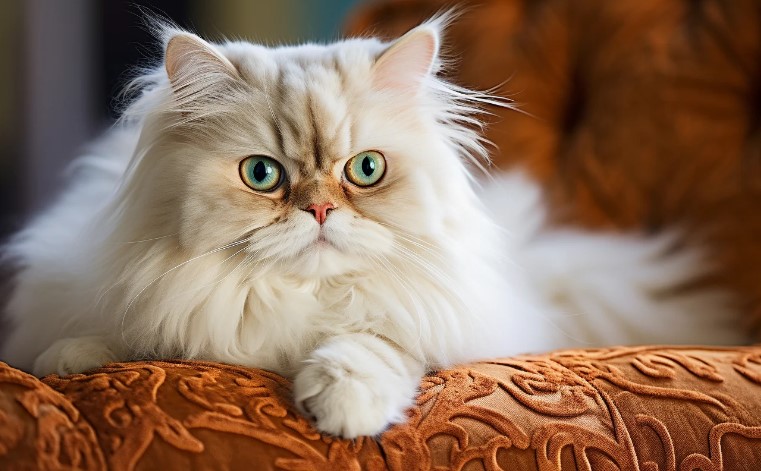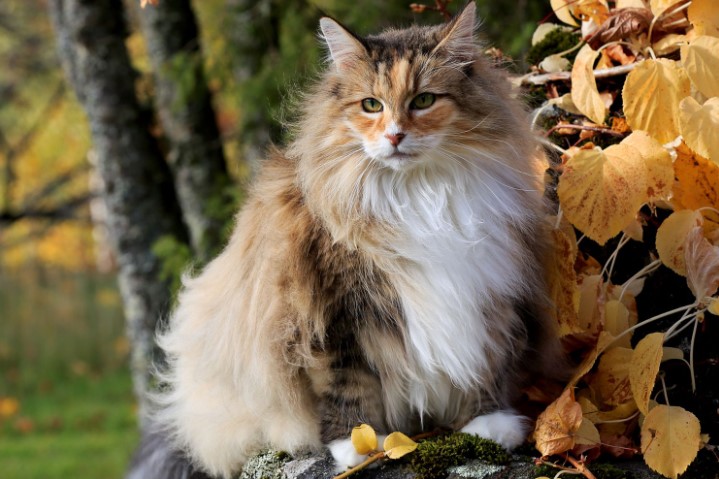
Peterbald Cat Breed
Introduction
The Peterbald cat breed is an elegant and unique feline that has captured the hearts of cat lovers worldwide. Known for its distinctive appearance and affectionate nature, the Peterbald is a breed worth getting to know. Whether you’re considering adopting one or simply intrigued by this fascinating cat, understanding the breed’s characteristics, history, and care requirements is essential.
History of the Peterbald Cat
The Peterbald cat originated in Russia in the mid-1990s, a relatively recent addition to the cat world. This breed was created by crossing an Oriental Shorthair with a hairless Donskoy. The result was a cat that combined the sleek, graceful look of the Oriental Shorthair with the hairlessness of the Donskoy. Over time, the Peterbald has developed its unique traits and has gained recognition in the cat fancy community.
Physical Characteristics
General Appearance
Peterbald cats are known for their slender, athletic bodies and elegant lines. They have a long, whip-like tail and a graceful, elongated neck that gives them an almost regal appearance.
Unique Features
One of the most distinctive features of the Peterbald is its ears. Large and pointed, they give the cat an alert and inquisitive expression. Their eyes are almond-shaped, contributing to their overall exotic look.
Size and Weight
Peterbalds are medium-sized cats, typically weighing between 6 to 10 pounds. Despite their lean appearance, they are quite muscular and strong.
Coat Types and Colors
Peterbald cats can have various coat types, ranging from completely hairless to having a short, velvety fuzz. The different coat types include:
- Hairless: Completely smooth and soft to the touch.
- Brush: Short, wiry fur that feels rough.
- Velour: A very short coat that feels like suede.
They come in various colors and patterns, including solid, tabby, and tortoiseshell.
Personality and Temperament
General Temperament
Peterbalds are known for their affectionate and sociable nature. They are extremely people-oriented and thrive on human interaction. These cats are often described as dog-like in their loyalty and eagerness to be involved in their owners’ lives.
Interaction with Humans
Peterbalds are excellent companions. They love to cuddle, play, and follow their humans around the house. Their friendly disposition makes them great pets for families, singles, and seniors alike.
Behavior with Other Pets
These cats generally get along well with other pets, including dogs and other cats. They are social and enjoy having playmates, making them a good addition to multi-pet households.
Living with a Peterbald
Home Environment
Peterbalds are adaptable and can live comfortably in various home environments. Whether you have a spacious house or a small apartment, as long as they have plenty of love and attention, they will be happy.
Compatibility with Families and Individuals
Their gentle and loving nature makes Peterbalds suitable for families with children. They are also great companions for individuals, especially those who enjoy an interactive and affectionate pet.
Care and Maintenance
Grooming Needs
While Peterbalds don’t require traditional grooming, their skin does need care. Regular baths are necessary to keep their skin clean and healthy. Since they have little to no fur, they can accumulate oil and dirt on their skin more quickly than other cats.
Health Care Tips
Regular vet check-ups are crucial to monitor their health. Keeping their ears clean and ensuring their skin is free from infections are important aspects of their care.
Nutrition and Diet
A balanced diet is essential for a Peterbald’s health. High-quality cat food that meets their nutritional needs will keep them in top condition. Fresh water should always be available.
Health Issues
Common Health Problems
Peterbalds are generally healthy, but they can be prone to certain health issues such as skin infections and dental problems. Regular health screenings can help detect and treat these issues early.
Genetic Conditions
Due to their mixed heritage, Peterbalds may inherit genetic conditions from their parent breeds. It’s essential to be aware of potential issues and choose breeders who test for genetic disorders.
Preventative Care
Regular veterinary visits, a healthy diet, and proper skin care are key to preventing health issues. Maintaining a stress-free environment also contributes to their overall well-being.
Training and Socialization
Basic Training Tips
Peterbalds are intelligent and can be trained to follow basic commands. Using positive reinforcement techniques, such as treats and praise, will help them learn quickly.
Importance of Socialization
Socializing a Peterbald from a young age is crucial. Exposure to different people, pets, and environments will help them become well-adjusted adults.
Handling Common Behavioral Issues
Like all cats, Peterbalds can develop behavioral issues such as scratching furniture or excessive meowing. Providing appropriate outlets for their energy and ensuring they feel secure can mitigate these behaviors.
Adoption and Breeding
Finding Reputable Breeders
If you decide to buy a Peterbald, it’s important to find a reputable breeder. Look for breeders who prioritize the health and well-being of their cats and who are transparent about their breeding practices.
Adoption Considerations
Adopting from a shelter or rescue organization is a great option. There are many cats in need of loving homes, and adoption can be a rewarding experience.
Breeding Ethics and Practices
Responsible breeding practices are essential to maintaining the health and integrity of the Peterbald breed. Breeders should adhere to ethical guidelines and prioritize the cats’ well-being over profit.
Peterbald in Competitions and Shows
Participation in Cat Shows
Peterbalds are a popular breed in cat shows due to their unique appearance and charming personalities. Participating in shows can be a fun way to showcase their beauty and meet other cat enthusiasts.
Recognized Standards
Cat associations have specific standards for the Peterbald breed, including criteria for appearance, temperament, and health. Meeting these standards is essential for success in competitions.
Achievements in Competitions
Many Peterbalds have earned accolades in cat shows worldwide. Their striking looks and friendly nature often make them favorites among judges and spectators.
Comparisons with Other Breeds
Similarities and Differences
The Peterbald is often compared to the Sphynx and Oriental Shorthair. While they share some traits, such as their hairlessness and elegant build, Peterbalds have unique characteristics that set them apart.
Unique Traits
Unlike the Sphynx, which is consistently hairless, Peterbalds can have various coat types. Their diverse coats and striking looks make them a standout among hairless cat breeds.
Myths and Misconceptions
Common Myths
There are several myths about the Peterbald breed, such as the belief that they are hypoallergenic. While they produce less dander than some breeds, no cat is truly hypoallergenic.
Facts to Debunk Misconceptions
One common misconception is that Peterbald cats require less care due to their lack of fur. In reality, their skin requires regular maintenance to prevent infections and oil buildup. Another myth is that they are fragile; however, Peterbalds are actually robust and active cats, capable of vigorous play.
Community and Support
Online Forums and Communities
Joining online forums and communities dedicated to Peterbald cats can be incredibly beneficial. These platforms offer a wealth of information, from care tips to advice on dealing with specific issues. They also provide a space to share experiences and connect with other Peterbald enthusiasts.
Support Groups for Owners
Support groups, both online and offline, can be a lifeline for new and experienced Peterbald owners. They offer support in times of need, whether it’s dealing with a health issue or simply seeking companionship from fellow cat lovers.
Networking with Other Peterbald Enthusiasts
Attending cat shows, meetups, and other events can help you network with other Peterbald owners and breeders. These connections can provide valuable insights and opportunities to learn more about the breed.
Conclusion
The Peterbald cat is a remarkable breed with a rich history, unique physical characteristics, and a loving personality. Whether you are an experienced cat owner or new to the world of felines, the Peterbald can make a wonderful addition to your family. Their affectionate nature, coupled with their striking looks, makes them a breed that stands out. With proper care and attention, a Peterbald can be a loving companion for many years.
FAQs
What is the lifespan of a Peterbald cat?
Peterbald cats typically have a lifespan of 12 to 15 years. With proper care, regular veterinary visits, and a healthy diet, some may live even longer.
Are Peterbald cats hypoallergenic?
While Peterbalds produce less dander than some other breeds, they are not completely hypoallergenic. People with cat allergies may still react to them, though usually to a lesser extent.
How often should I bathe my Peterbald?
Peterbalds should be bathed approximately once a week. This helps to remove excess oils from their skin and prevents infections. Regular baths are essential due to their lack of fur.
Do Peterbald cats get along with dogs?
Yes, Peterbald cats generally get along well with dogs, especially if they are socialized from a young age. Their friendly and social nature makes them good companions for dogs and other pets.
What is the average cost of a Peterbald kitten?
The cost of a Peterbald kitten can vary widely, typically ranging from $1,500 to $3,000. Prices depend on factors such as the breeder’s reputation, the kitten’s lineage, and its coat type.
You May Also Like

Black Russian Terrier Dog Breed
November 1, 2024
Understanding the Persian Cat Breed: A Guide to Their Characteristics, Care, and Personality
September 1, 2024

